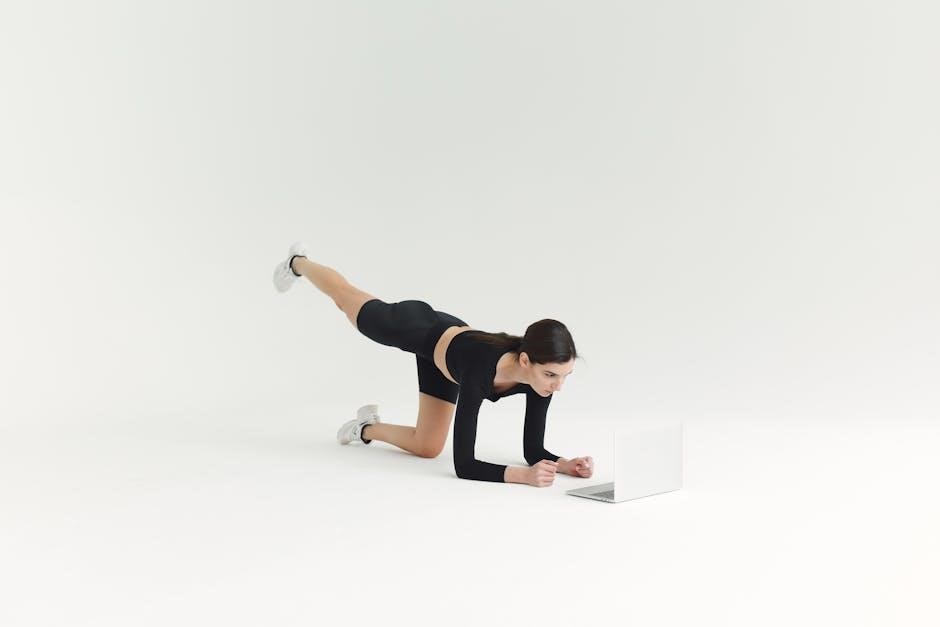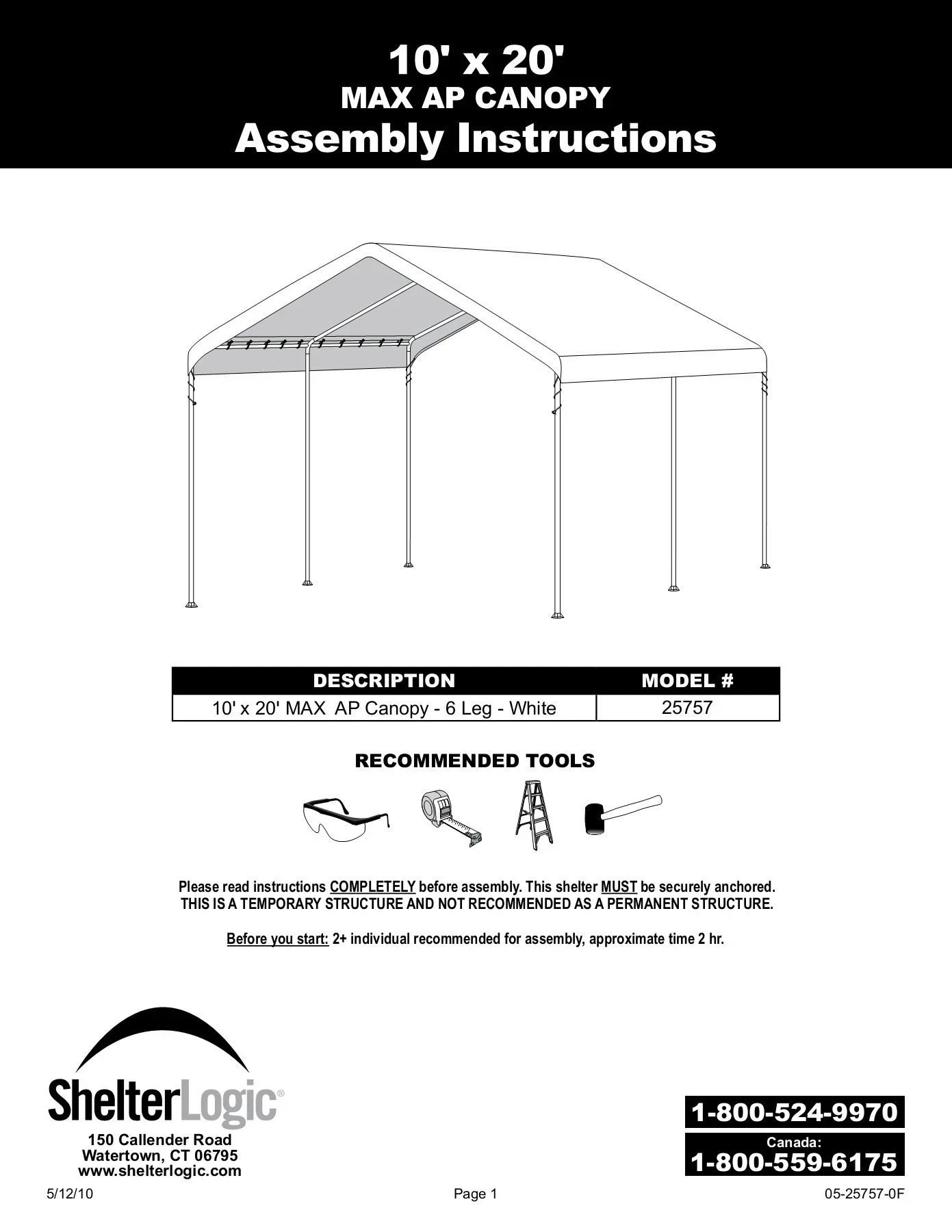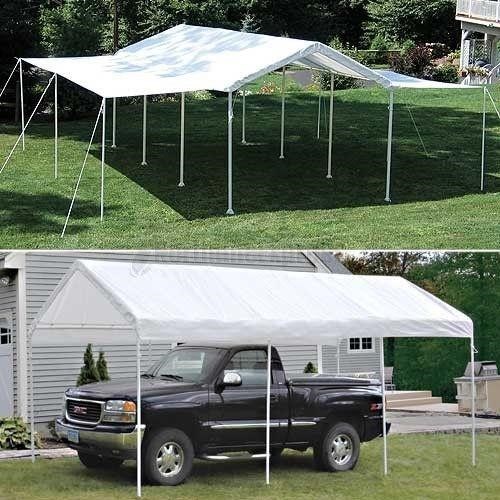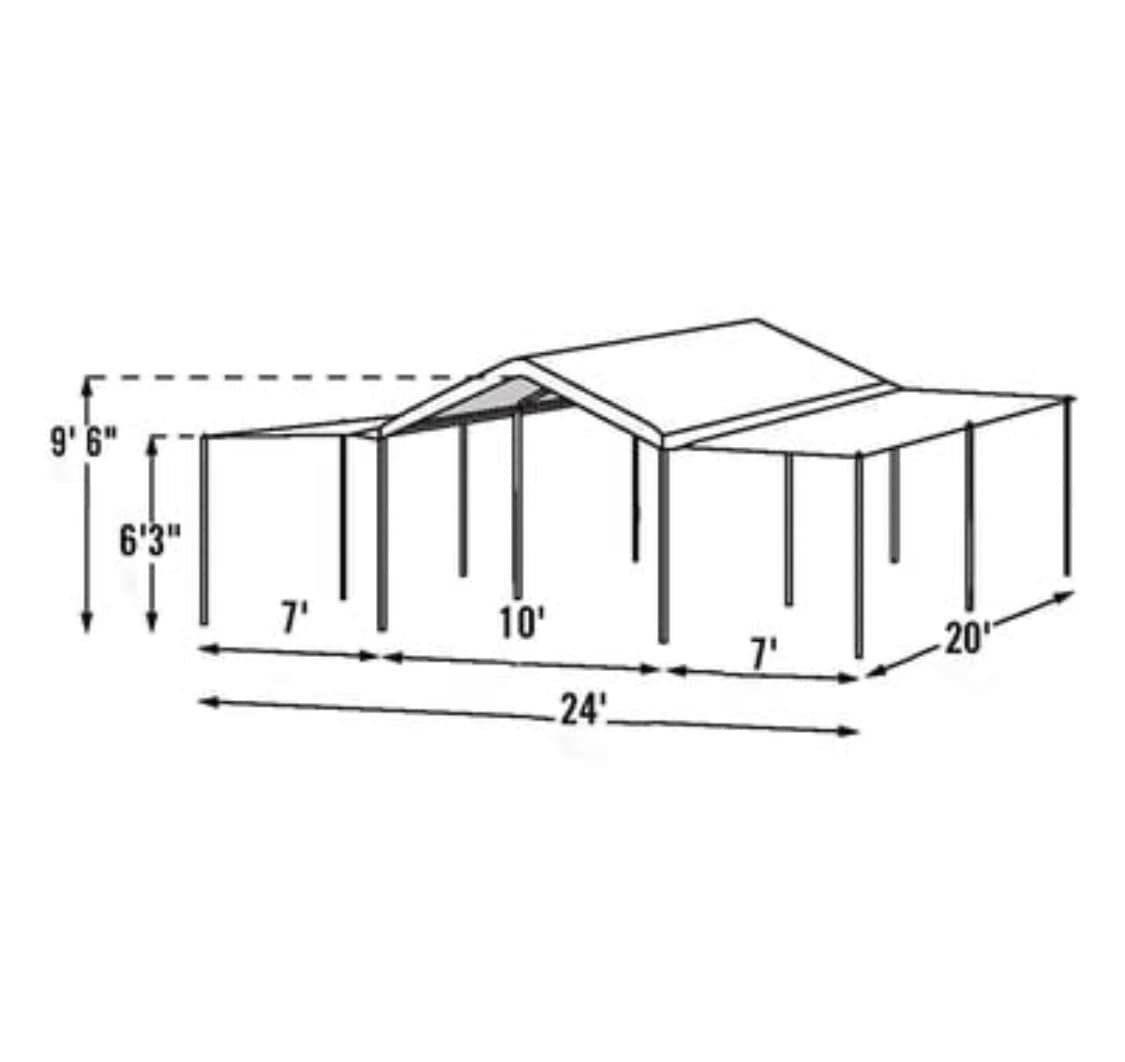richard elmore instructional core
Richard Elmore’s framework centers on the belief that improving education necessitates a deep focus on what teachers do daily – the
instructional core itself.
The Centrality of Instruction
Elmore’s core argument posits that educational reform efforts frequently bypass the actual work of teaching and learning. He emphasizes that genuine improvement isn’t achieved through policy mandates or structural changes alone, but through a relentless concentration on the interactions within the instructional core.
This core—encompassing curriculum, teaching, and assessment—is where student learning truly happens. Therefore, understanding and enhancing this dynamic is paramount for effective school improvement and sustained positive outcomes for all students.

Defining the Instructional Core
The instructional core, as Elmore defines it, is the engine room of schooling – the interconnected elements of curriculum, teaching, and assessment.
Components of the Instructional Core
Elmore identifies four key components: a shared curriculum, knowledge of content, pedagogy, and assessment. These aren’t isolated pieces, but rather dynamically linked. The curriculum provides the ‘what’ of learning, while teachers’ content knowledge ensures accurate delivery.
Pedagogy dictates ‘how’ learning happens, and assessment reveals student understanding, informing future instruction. Effective instruction requires teachers to skillfully navigate these interconnected elements, constantly adjusting based on student needs and evidence of learning.
The Interdependence of Elements
Elmore’s model emphasizes that the instructional core’s components aren’t independent; they function as an integrated system. A strong curriculum is useless without teachers who deeply understand the content and can deliver it effectively. Similarly, skillful pedagogy needs accurate assessment to gauge student progress.
Changes in one element ripple through the others, demanding constant coordination and adaptation. This interconnectedness is what defines the core and makes improving it a complex, yet crucial, undertaking.
Key Principles of the Instructional Core
Core principles involve high-quality curriculum, teacher expertise, and cognitive demand—all working together to foster deep student engagement and meaningful learning experiences.
High-Quality Curriculum
Elmore’s view emphasizes that a robust curriculum isn’t simply a set of standards or materials, but a thoughtfully designed sequence of learning experiences. It must be rigorous, coherent, and aligned with clear learning goals.
Furthermore, the curriculum should actively support teachers in delivering instruction effectively, providing resources and guidance for addressing diverse student needs. A strong curriculum, according to Elmore, is a crucial foundation for a successful instructional core, enabling focused and impactful teaching.
Teacher Capacity and Expertise
Elmore posits that even the best curriculum is ineffective without teachers possessing the knowledge, skills, and judgment to implement it well. This requires ongoing professional development focused specifically on instructional practices and content mastery.
Teachers need opportunities to collaborate, analyze student work, and refine their approaches. Building teacher capacity isn’t about simply delivering training; it’s about fostering a culture of continuous learning and improvement within schools.
Cognitive Demand and Student Engagement
Elmore’s instructional core emphasizes tasks that require students to actively think, reason, and problem-solve, moving beyond rote memorization. High cognitive demand isn’t merely about difficulty; it’s about engaging students in meaningful intellectual work.
Student engagement is crucial, stemming from tasks aligned with their developmental levels and interests. When students are challenged appropriately and feel connected to the material, learning outcomes improve significantly.

The Role of Leadership in Supporting the Instructional Core
Effective leadership is vital for fostering a school environment that prioritizes and supports the instructional core, enabling teachers to thrive.
School Leadership’s Influence
Principals significantly shape the instructional core by establishing a shared understanding of high-quality instruction and cultivating a collaborative culture. They must actively support teachers through focused professional development, providing resources, and creating structures for ongoing feedback and improvement.
Leaders need to shield teachers from external distractions, allowing them to concentrate on refining their practice. This involves advocating for necessary resources and buffering them from excessive administrative burdens, ultimately strengthening the core instructional practices within the school.
District-Level Support
Districts play a crucial role in fostering a system-wide commitment to the instructional core by providing consistent, high-quality professional development aligned with school-level needs. They should facilitate networks for teacher collaboration and share best practices across schools.
Effective district support also includes strategic resource allocation, ensuring schools have the materials and personnel necessary to implement strong instructional practices, and minimizing policies that detract from focused teaching and learning.

Challenges to Implementing the Instructional Core
Implementing Elmore’s core faces hurdles like insufficient teacher collaboration, limited resources, and external pressures from accountability systems that often overshadow instructional focus.
Lack of Teacher Collaboration
A significant obstacle to enacting the instructional core is the frequent absence of robust teacher collaboration. Elmore emphasizes that improving instruction isn’t a solitary pursuit; it demands collective inquiry into practice. Without dedicated time and structures for teachers to observe, discuss, and refine their approaches together, the core remains fragmented.
Silos between classrooms and grade levels hinder shared understanding of curriculum and effective pedagogy. This lack of collective responsibility ultimately weakens the instructional core’s potential impact on student learning.
Insufficient Resources
Implementing Elmore’s instructional core requires substantial resources, often lacking in many schools. This extends beyond funding for materials to include dedicated time for professional development focused on instructional improvement. Teachers need opportunities to deeply analyze student work, collaboratively plan lessons, and receive coaching.
Without adequate support, the demands of a rigorous instructional core can become unsustainable, hindering its effective implementation and ultimately impacting student outcomes.
External Pressures and Accountability
High-stakes testing and externally imposed accountability measures can significantly disrupt the focus on the instructional core. When schools prioritize test scores above deep learning and instructional quality, teachers may narrow the curriculum and “teach to the test.”
This pressure undermines the collaborative planning and professional judgment essential to Elmore’s model, hindering genuine instructional improvement and equitable outcomes for all students.

Strategies for Strengthening the Instructional Core
Prioritizing focused professional development, data-driven decisions, and fostering a culture of continuous improvement are vital steps toward a robust instructional core.
Professional Development Focused on Instruction
Effective professional development, according to Elmore’s model, must directly address the complexities of the instructional core – not just curriculum or pedagogy in isolation. It requires opportunities for teachers to collaboratively analyze student work, refine instructional practices, and deepen their understanding of content.
This isn’t simply about attending workshops; it’s about ongoing, job-embedded learning that directly impacts classroom practice and improves the quality of instruction for all students. Such development should be sustained and focused on the core elements of teaching and learning.
Data-Driven Decision Making
Elmore’s instructional core emphasizes using data – not solely standardized test scores – to inform instructional adjustments. This includes analyzing student work, observing classroom interactions, and gathering formative assessment data to understand student learning needs.
Data should be a tool for teachers to collaboratively diagnose challenges within the instructional core and refine their approaches. It’s about making informed decisions, rather than relying on assumptions, to improve teaching and learning outcomes consistently.
Creating a Culture of Continuous Improvement
Elmore’s model thrives within a school environment prioritizing ongoing reflection and refinement of the instructional core. This necessitates establishing norms for collaborative inquiry, where teachers regularly examine their practice and student outcomes.
A culture of continuous improvement isn’t about blame, but about collective responsibility for enhancing instruction. It requires leadership support for experimentation, risk-taking, and shared learning, fostering a growth mindset among educators.
The Instructional Core and Equity
Elmore’s framework emphasizes that equitable access to a high-quality instructional core is crucial for closing achievement gaps and ensuring all students succeed.
Addressing Achievement Gaps
Elmore’s instructional core provides a lens for examining how systemic inequities manifest within classrooms. Achievement gaps aren’t simply student deficits, but often reflect unequal access to a robust core—high-quality curriculum, skilled teachers, and cognitively demanding tasks.
Focusing on strengthening the core for all students, particularly those historically underserved, becomes paramount. This requires targeted professional development, resource allocation, and a commitment to dismantling barriers that prevent equitable participation in meaningful learning experiences.
Ensuring Access to High-Quality Instruction
Elmore’s framework emphasizes that equitable access isn’t merely about placement in the same school, but about consistent exposure to a strong instructional core. This means every student deserves engaging curriculum, teachers with deep content knowledge and pedagogical skills, and opportunities for rigorous cognitive work.
Leaders must actively monitor and support the core’s implementation across all classrooms, addressing disparities in resource allocation and teacher expertise to guarantee truly equitable learning experiences.

Criticisms and Limitations of the Instructional Core Model
Critics note the model’s complexity can hinder practical application, and successful implementation is heavily reliant on specific contextual factors within schools.
Complexity of Implementation
Elmore’s Instructional Core, while conceptually powerful, presents significant implementation challenges. It demands a coordinated shift in focus across multiple levels – curriculum, teaching practices, and leadership support. Successfully altering these interconnected elements requires substantial time, resources, and sustained commitment.
The model isn’t a quick fix; it necessitates deep engagement with the nuances of teaching and learning. Schools often struggle with the collaborative work needed to redefine and consistently apply the core principles, leading to diluted or inconsistent results.
Contextual Factors
Elmore’s Instructional Core isn’t a one-size-fits-all solution; its effectiveness is heavily influenced by school-specific contexts. Factors like student demographics, existing school culture, and available resources significantly impact implementation success. A school’s history of collaboration, leadership styles, and community involvement all play crucial roles.
Ignoring these contextual nuances can lead to misapplication of the model and limited impact. Adapting the core principles to fit the unique needs of each school is essential for meaningful change.

The Evolution of Elmore’s Work
Elmore’s initial focus on policy implementation broadened to emphasize the instructional core – the relationship between teachers, students, and content – as central to reform.
Early Influences and Development
Richard Elmore’s early work in the 1970s and 80s centered on understanding how educational policies were – or weren’t – implemented effectively at the school level. He initially focused on the disconnect between policy intentions and classroom realities, observing that well-designed policies often failed due to challenges in execution.
This led him to investigate the crucial role of teachers and school leadership. He began to shift his attention towards the “instructional core,” recognizing that genuine improvement hinged on what actually happened within classrooms – the interactions between teachers, students, and the curriculum. This core became the focal point of his subsequent research and writing.
Current Applications and Research
Elmore’s Instructional Core continues to inform contemporary school improvement efforts, particularly those focused on teacher development and curriculum alignment. Current research explores how to effectively support teachers in collaboratively refining their instructional practices within the core.
Studies investigate the impact of distributed leadership models on strengthening the core, and how data-driven decision-making can enhance its effectiveness. The framework is also being applied to analyze the challenges of implementing new educational technologies and standards.

Comparing the Instructional Core to Other Frameworks
Elmore’s model complements standards-based reform and Professional Learning Communities, emphasizing the crucial link between curriculum, teaching, and learning within classrooms.
Relationship to Standards-Based Reform
Elmore’s Instructional Core doesn’t oppose standards-based reform, but reframes its focus. While standards define what students should know, the Instructional Core addresses how that knowledge is actually taught and learned in classrooms.
It argues that simply adopting standards isn’t enough; the quality of instruction—the interplay between teachers, students, and content—is paramount. Effective implementation of standards requires a strong instructional core, ensuring standards translate into meaningful learning experiences for all students.
Connections to Professional Learning Communities
Elmore’s Instructional Core aligns strongly with the principles of Professional Learning Communities (PLCs). Both emphasize collaborative inquiry into teaching practices and a shared focus on student learning.
PLCs provide a structure for teachers to examine the elements of the instructional core – curriculum, pedagogy, and assessment – collectively, fostering continuous improvement. By working together to refine these elements, educators can strengthen the instructional core and enhance student outcomes.

Case Studies of Successful Implementation
Successful schools demonstrate improved student achievement by intentionally focusing on the instructional core, fostering teacher collaboration, and utilizing data-driven insights.
Examples from High-Performing Schools
High-performing schools actively cultivate a shared understanding of effective instruction, prioritizing consistent, high-quality curriculum materials aligned with learning goals. These institutions invest heavily in ongoing professional development for teachers, focusing on pedagogical skills and content knowledge.
Furthermore, they establish robust systems for collecting and analyzing student data to inform instructional adjustments and ensure equitable access to challenging coursework. Collaborative planning time is protected, allowing teachers to refine lessons and address student needs collectively, strengthening the instructional core.
Lessons Learned from Implementation Efforts
Successful implementation of Elmore’s instructional core demands sustained leadership commitment and a shift in school culture towards collaborative inquiry. Initial efforts often reveal the need for significant teacher buy-in, achieved through meaningful participation in curriculum selection and professional learning.
Furthermore, schools must address resource inequities and provide adequate time for teachers to plan, analyze data, and refine their practice, recognizing that lasting change requires ongoing support and adaptation.

Future Directions for Research on the Instructional Core
Further research should explore the instructional core’s adaptability across diverse contexts and its long-term impact on student outcomes and equitable access.
Areas for Further Investigation
Investigating the nuanced relationship between curriculum design and the instructional core’s effectiveness remains crucial. Researchers should explore how different curricular approaches either support or hinder high-quality instruction. Additionally, examining the role of technology integration within the core—specifically, how it impacts cognitive demand and student engagement—is vital. Longitudinal studies tracking the development of teacher expertise within the framework are needed, alongside explorations of how leadership practices truly foster a culture of continuous instructional improvement. Finally, research must address how to scale the instructional core model effectively while maintaining fidelity and addressing contextual variations.
Potential Impact on Educational Practice
Elmore’s instructional core offers a powerful lens for refocusing educational efforts on the daily work of teaching and learning. Widespread adoption could lead to more coherent curriculum implementation, enhanced teacher collaboration, and a greater emphasis on cognitively demanding tasks. This framework has the potential to shift professional development towards practical, instructionally-focused support, ultimately improving student outcomes. Furthermore, it could foster a more data-driven culture, prioritizing evidence of effective instructional practices and promoting continuous improvement at all levels.













